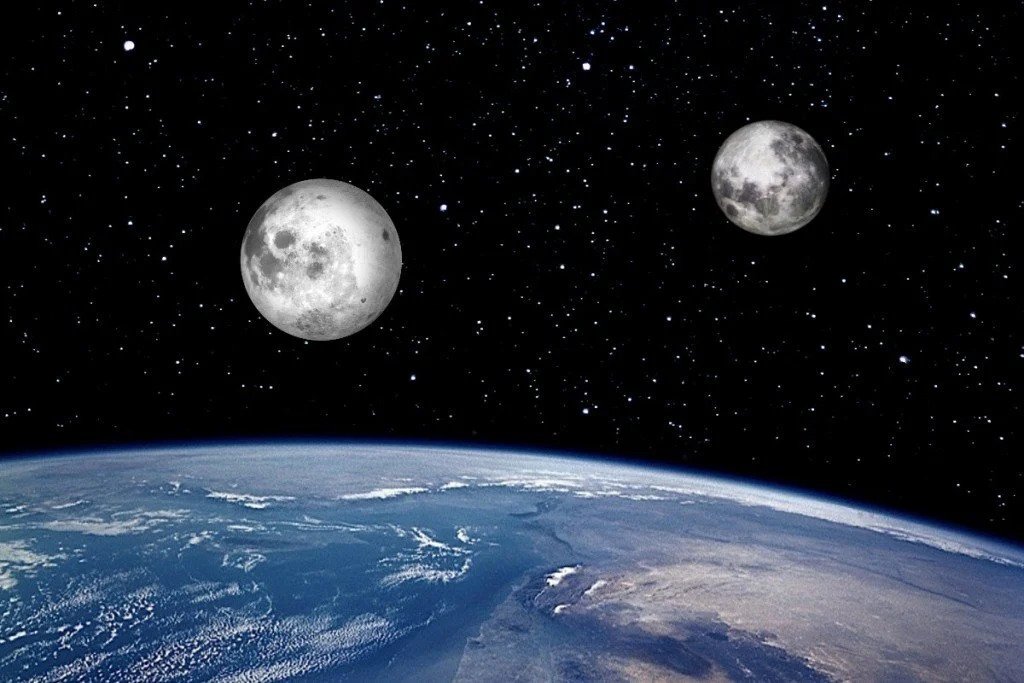Scientists have modeled how many bodies like our Moon can hold the Earth in its orbit. This study will also help answer the question of whether moons are so common among Earth-like planets.

How many Moons can the Earth have?
Scientists have published an article in which they solved the question of whether the Earth could have more than one Moon in its orbit and whether an increase in the number of moons would lead to a descent from a safe orbit. They have modeled systems consisting of different combinations of bodies for 3,000 years.
At the same time, the model limited the distance between the Moons and the Earth, as well as between the moons themselves. Scientists looked for whether the balance would be disturbed so that celestial bodies would not fly into space and collide with each other.
The scientists also analyzed Moons of three different sizes: having a mass close to our real moon, the size of Pluto (1/6 of the Moon’s mass) and the size of Ceres (1/100) of the mass of our moon.
The simulation showed that three such moons as the Moon could rotate around our planet without colliding with each other and without creating problems on Earth. If they were the size of Pluto, then there could be four of them, and if they were like Ceres, then seven. However, all this is provided that they would all be the same size.
Moons in the Universe
It should be noted that the simulated situation is almost not found in the known Universe. The moons of Jupiter and Saturn are all different sizes. There is also an asymmetry between the planets in terms of the number of moons.
However, the authors of the study believe that it will be useful for understanding how common the moons of exoplanets can be. It shows that from the point of view of celestial mechanics there are no serious obstacles to the existence of not only one, but also seven moons in the orbit of an Earth-like planet.
However, so far only two candidates for exoloons are known to people. And both of them orbit gas giants at a great distance from them. Therefore, it is not necessary to talk about the verification of these theoretical calculations yet.
According to www.sciencealert.com
Follow us on Twitter to get the most interesting space news in time
https://twitter.com/ust_magazine
